Kruger National Park is a haven for diverse wildlife, including a variety of snakes that embody the park's ecological richness. From the fast and venomous Black Mamba to the camouflage expert Vine Snake, and the non-venomous Cape Wolf Snake, these serpents showcase the adaptability and diversity of life in Kruger.
Stealthy Insect!
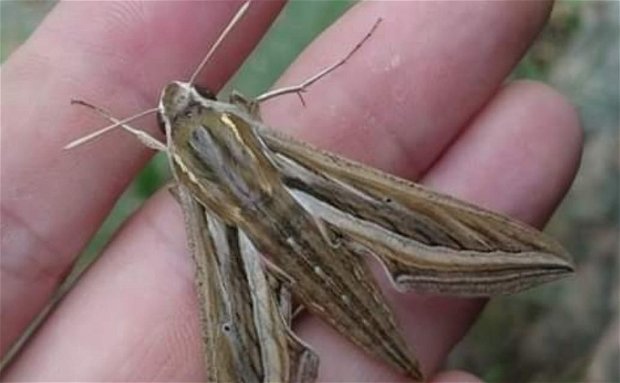
Did you know the study of insects led to the development of the newer generation jets?
Summertime in the Bushveld brings out some wonderful insect species. The sheer numbers and variety are jaw dropping for those who haven’t experienced this before, and even long-time Bushveld residents continually are amazed by new discoveries. It has been estimated that there are around 6 million insect species. Science has managed to identify around 60,000 of them and the study of insects has provided the basis for some very interesting human innovations!
Take Hawk Moths as an example. Most of us have seen them as they are attracted to our lights at night. If you have ever handled one, you will have felt the scales on their bodies and wings that come off when touched. Evolution over a very long time has provided these moths with incredible survival tools. These scales are just one of them. They provide acoustic camouflage in a broadband range that makes them very difficult to detect by one of their main predators, insect eating bats. This gives the Hawk Moths a significant survival advantage!
The study of the composition of these scales led to the development of the newer generation jet fighters and bombers, called “Stealth” because of their acoustic camouflage. These aircraft have more advanced electronic equipment that lets them detect other aircraft but wait for it – so do Hawk Moths!
Hawk Moths have a tiny hair like organ in their mouths (called the labral pilifer) that enables them to hear the ultrasonic frequencies produced by echo locating bats!
Next time you see a Hawk Moth, consider the incredible engineering encapsulated in that little body. They are certainly not unique in having highly developed survival tools and strategies – most species have their own – but this one is most interesting because of the major advances in aircraft design inspired by it.
You will never look at a Hawk Moth the same way again, will you?
Spend some time at Needles Lodge, your luxury safari accommodation in the Conservancy of Marloth Park, and you might get to see these fascinating insects up close at the lights outside at night.
Further Reading
Studying these camouflage artists offers more than survival tactics; it unveils the symbiotic web of life. Each evolutionary adjustment triggers cascading effects, shaping predator-prey interactions, reproductive strategies, and even ecosystem architectures. For visitors to wilderness areas like Needles Lodge, these beings underscore nature's inventive prowess and the critical need to conserve the ecosystems that nurture such diversity.
Exploring Kruger National Park is a journey through Earth's geological history, showcasing ancient rocks, life's evolution, and dramatic landscapes. The park's diverse geology, from three-billion-year-old bedrock to recent Quaternary formations, reveals the planet's dynamic past. Highlights include the Lebombo Monocline and rich fossil records. This narrative emphasizes the importance of conservation and the unique opportunity to connect with Earth's ancient past at Needles Lodge.

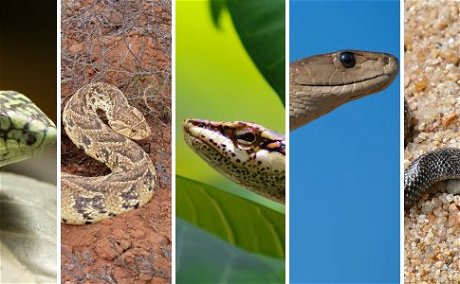
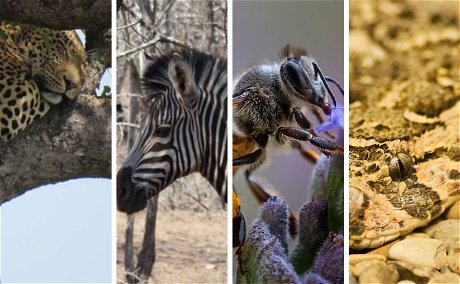
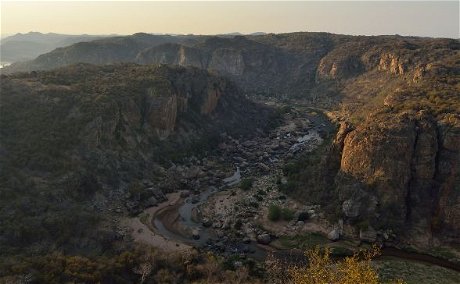
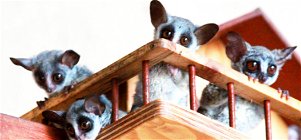

Share This Post